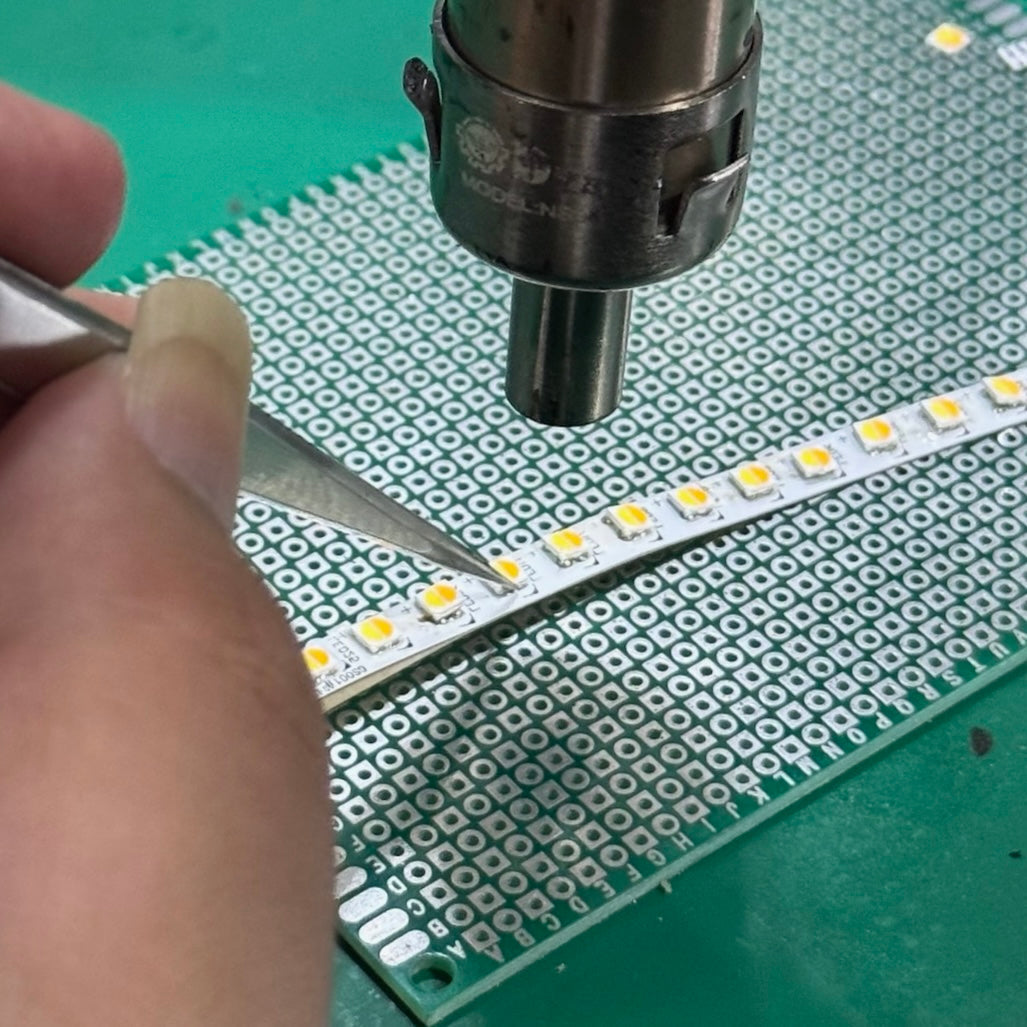
How E-Bike Certification Standards Are Changing Helmet Design
Share
Published: March 18, 2025 | Reading Time: 7 min
The E-Bike Revolution
The global e-bike market has experienced explosive growth, with sales increasing by over 240% in the last five years. These power-assisted cycles have democratized cycling, making longer commutes and challenging terrains accessible to a broader range of riders. With average speeds increasing from 12-14 km/h for traditional cycles to 20-25 km/h (and sometimes higher) for e-bikes, the safety equation has fundamentally changed.
Traditional Helmet Certifications: The Basics
For decades, cycling helmet safety has been governed by three primary standards:
CPSC-ASTM F1447 (United States)
- Impact test drop height: 2 meters
- Impact velocity: 5.44 m/s (19.6 km/h)
- Designed for typical cycling accidents
CE-EN 1078 (Europe)
- Impact test drop height: 1.5 meters
- Impact velocity: 5.42 m/s (19.5 km/h)
- Similar to CPSC but with slightly different test methodologies
AS/NZS 2063 (Australia/New Zealand)
- Impact test drop height: 1.5 meters
- Impact velocity: 5.44 m/s (19.6 km/h)
- Includes additional tests for stability and retention
While these standards have served traditional cyclists well, they were developed when average cycling speeds were considerably lower than what we see with today's e-bikes.
Enter NTA-8776: The E-Bike Standard
Recognizing the changing landscape of cycling, the Netherlands—a country with deep cycling expertise—developed the NTA-8776 standard specifically for e-bike helmets in 2016. This standard has since gained international recognition as the gold standard for e-bike helmet certification.
Key differences in the NTA-8776 standard include:
- Higher impact velocity testing: 6.5 m/s (23.4 km/h) vs. 5.42-5.44 m/s in traditional standards
- Expanded coverage requirement: Greater coverage of the temporal and occipital regions of the head
- Enhanced visibility requirements: Minimum surface area for reflective materials
The 20% increase in impact velocity testing might seem modest, but it represents a 44% increase in impact energy absorption requirements due to the squared relationship between velocity and kinetic energy.
How These Standards Are Transforming Helmet Design
The emergence of the NTA-8776 standard has catalyzed significant innovations in helmet design:
1. Advanced Impact Absorption Systems
Traditional single-density EPS foam is giving way to multi-density, multi-layer systems that can absorb different impact energies more effectively. These systems often combine:
- Hard-shell outer layers for penetration resistance
- High-density foam for high-energy impacts
- Low-density foam for lower-energy impacts
- Rotational impact mitigation systems
2. Expanded Coverage Geometries
E-bike certified helmets feature:
- Extended temporal protection
- Greater occipital coverage
- Deeper side coverage
- All without significantly increasing weight
3. Integrated Technologies
As helmets provide more coverage, designers are using the expanded surface area to integrate features that enhance overall safety:
- Lighting systems with 360° visibility
- Sensors that detect crashes and environmental conditions
- Communication systems for group rides
- Enhanced ventilation to maintain comfort despite increased coverage
4. Material Science Breakthroughs
Meeting higher energy absorption requirements while maintaining comfort has accelerated material innovations:
- Composite shells with carbon fiber reinforcement
- Viscoelastic polymers that stiffen on impact
- 3D-printed internal structures that optimize energy dispersal
- Antimicrobial treatments for comfort components
The Certification Challenge for Manufacturers
Achieving NTA-8776 certification represents a significant engineering challenge. Helmets must absorb 44% more impact energy without becoming prohibitively heavy or bulky. This has driven a wave of innovation as manufacturers invest in R&D to solve this complex problem.
The most successful designs address multiple aspects simultaneously:
- Material selection: Using advanced composites and multi-density foams
- Structural engineering: Optimizing internal reinforcement geometries
- Ventilation design: Maintaining cooling while increasing coverage
- Weight distribution: Balancing the helmet for all-day comfort
Why Certification Matters to Consumers
For consumers, understanding these certification differences is crucial when selecting an e-bike helmet:
- Higher speed crashes: E-bikes typically cruise at speeds where traditional helmet certifications weren't tested
- Different accident profiles: E-bikes' heavier weight and speed create different crash dynamics
- Safety investment: A proper e-bike helmet represents an appropriate safety investment relative to the cost of the e-bike itself
The Future of Helmet Certification
As e-bike technology continues to evolve—with some models capable of assisted speeds up to 45 km/h—certification standards will likely continue to develop. We may soon see:
- Additional speed tiers for certification (urban e-bikes vs. speed pedelecs)
- Integration of smart features into certification requirements
- Global harmonization of e-bike helmet standards
Making an Informed Choice
When selecting a helmet for e-bike use, cyclists should:
- Look specifically for NTA-8776 certification
- Consider the full range of safety features beyond impact protection
- Ensure the helmet addresses comfort needs to encourage consistent use
- Verify that the helmet design matches their specific riding environment and style
As e-bikes continue to transform urban transportation, helmet technology is evolving in parallel. The result is a new generation of head protection that offers significantly enhanced safety without compromising on the comfort and convenience that encourages everyday use.
Want to learn more about e-bike certified helmets? Check out the JARSH Commute, designed from the ground up to meet NTA-8776 standards while integrating advanced features for the modern urban rider.
